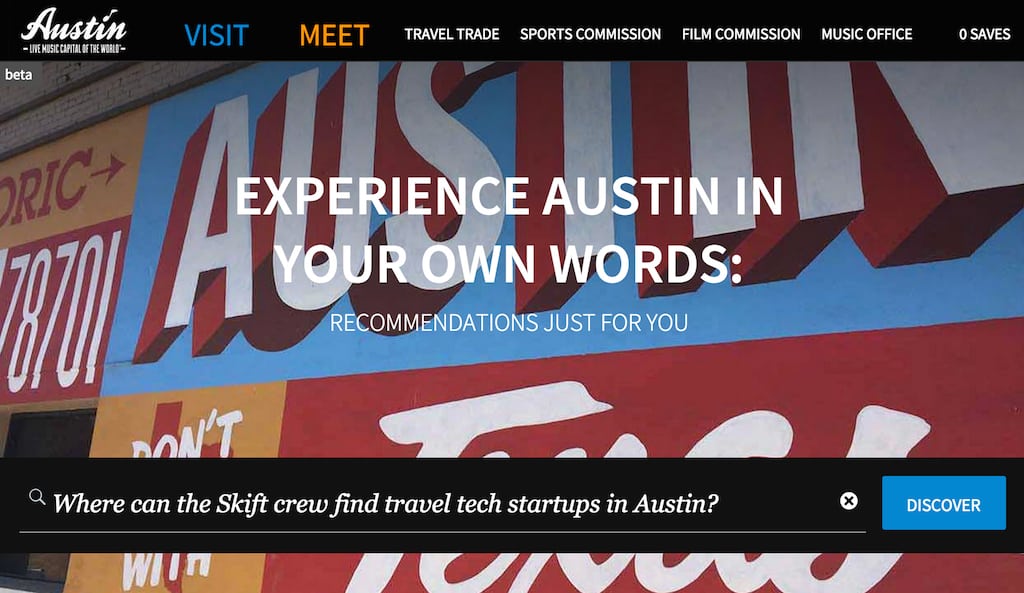The New Set of Best Practices for Making Smarter Tourism Boards

Skift Take
The DMO community hungers for new business models and strategies. Sharing best practices is a way to prod forward-looking tourism bureaus into engaging in more experimentation.
As we recently reported, Destination Marketing Association International (DMAI) launched phase two of its DestinationNEXT research last month, which includes a 94-page DestinationNEXT Practice Handbook outlining 20 best practices and 10 “NEXTPractices” for tourism bureaus in 2015.
The NEXTPractices are initiatives that have much potential for destination marketing organizations (DMOs) although some of them would be expensive and/or would require a long time to develop and scale fully into practical systems for the mainstream DMO industry.
The Best Practices are geared toward all but the most advanced DMOs. For less established DMOs in emerging destinations especially, they could provide significant value as a roadmap into the future. DMAI also seems them as an opportunity to grow its international membership base.
Phase one, launched last year, focused on data gathered from 327 DMOs worldwide to determine the top trends impacting tourism promotion and destination development.
Phase two focuses on actionable strategies based on discussions with DMOs over the last year about how they’re adapting their operations and business models to align with those trends.
The handbook provides case studies for all 30 practices, which are categorized by the two X/Y axis that DestinationNEXT uses to plot the effectiveness of a DMO. They are: Community Support & Engagement, examining how well a bureau works with its travel, non-travel a
